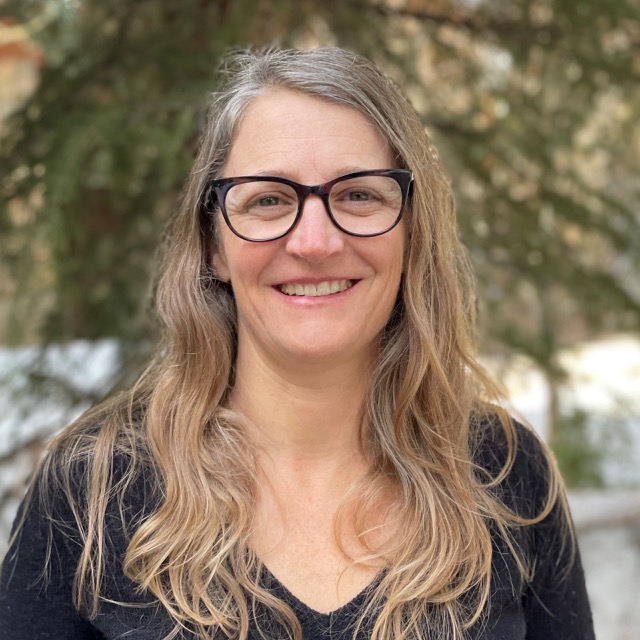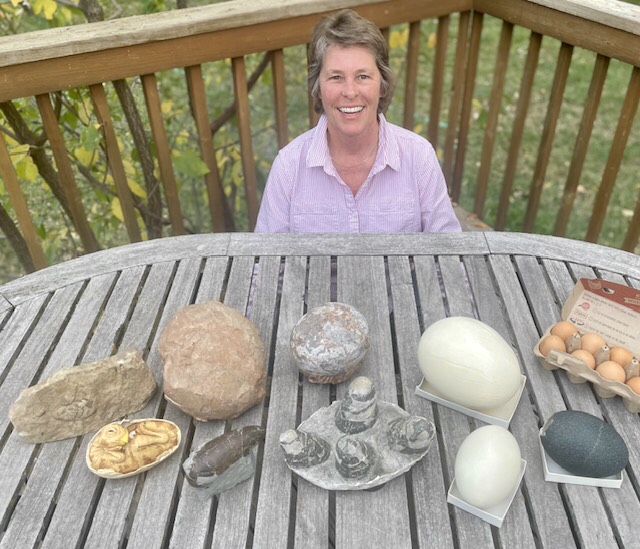Tick Ridge Gets a Facelift
When you first hear that your student is spending time at a place called “Tick Ridge,” you might be inclined to wonder if bug spray is mandatory. While the longtime name is initially concerning, CRMS Outdoor Program Manager Darryl Fuller is quick to emphasize that ticks are not a predominant feature of the landscape.
“Strangely enough, it’s the name of the little bluff there,” he explains. “I’ve spent hours over there and I’ve never found a tick on myself. I have pulled one or two off my dog; she’s spent a lot of time over there too.”
“Over there” is a private parcel of CRMS land paralleling the school on the other side of the Crystal River. The property includes a new CRMS garden plot as well as over 3.5 miles of stacked loop trails. The trails start on the valley floor along the Crystal River and traverse meadows and pinyon-juniper woodland up 300 feet in elevation to the ridgeline and mesa above, which offer spectacular views of Mount Sopris and the Crystal Valley Ranch. The trails are used formally for the Oystermeister running race and informally by CRMS runners, winter athletes in dryland training, faculty looking for a quick workout, and an occasional mountain biker willing to navigate sketchy sections and tight switchbacks up to the top.
In recent years, a CRMS student service crew has largely been responsible for trail improvement and maintenance. Some trails, like Ditch Meadow Loop or Mesa Top Loop are named for their geographical features, while others, like the Homie Spur, pay tribute to the students who built them. None of the trails are marked, however. Thanks to the winning Chris Babbs scholarship project last year, the trail system is about to get more official attention.
“The Chris Babbs Scholarship allows students to generate ideas that they’re passionate about to effect positive change on campus,” says Fuller. “Maybe something they feel hasn’t received enough attention or a novel idea that they have about how to improve campus life or resources.”
The proposal of then-sophomores Bryn Peterson and Charlie Cope sprang out of a desire to build a winter sports park with jumps, rails, and features around the ridge area. After talking with Fuller, they decided to broaden their ambition.
“The motivation originally was to get a cool, fun park in the middle of Tick Ridge to use in the wintertime,” says Peterson. “If we were doing that, however, we thought we should go and work on Tick Ridge in general as well. It’s a big part of our community. Everybody knows about it, so we wanted to get more people to come over to this area and use it to its full potential.”
Peterson and Cope’s proposal ultimately included work such as creating a network of signs for the trails, improving the trails for mountain bike use, adding benches at scenic viewpoints on top, and creating a section of raised trail over a muddy garden irrigation section. To make the trails more bike-friendly, trail work would need to include clearing the prickly pear vegetation away from the edges of the path and widening some of the switchbacks to the top.
“There are plenty of opportunities to make improvements over there to make the trail system more inviting so people understand how to get around, how the trails link up, how far the distances are, those kinds of things,” says Fuller. “That’s the broad picture of this most recent effort.”
CRMS approved the proposal and dedicated $2,000 to the project last spring. Although Cope and Peterson are year-round athletes with full schedules, they hope to return to the project during their fourth-quarter service crew. In the meantime, Fuller has moved ahead with the trail work with his second-quarter trail building service crew. When the ground finally freezes, the crew and Fuller will move indoors and begin to consider the signage issue.
“When you say put signs up, it’s a simple-sounding concept, but when you start thinking about it, there are lots of different ways to sign things,” Fuller says. “There’s the modern mountain bike way that includes a map at each post with a ‘You Are Here’ sticker or more traditional signs that give the name of the trail and the distance of that loop to the next junction. We’ll try to key up the service crew to consider what would be the most efficient. It’s mostly sweat-equity, though, in terms of the improvements. That fits well with student service crews.”
In the end, Fuller says that Peterson’s and Cope’s proposal on Tick Ridge aligns with school values and continues a long tradition of teaching students about stewardship of the land.
“Getting students involved with actually maintaining and managing and improving the campus teaches really valuable lessons about taking care of the land,” says Fuller. “It also provides a nice connection for students and ultimately our alumni as they move out into the world. They come back and remember the work they did. In the case of the trail system, they can go back and enjoy that work and walk on the trails and have that connection to making those kinds of contributions while they were here at CRMS.”
To learn more about Colorado Rocky Mountain School, please join our mailing list, request information or apply now.
 MYCRMS
MYCRMS
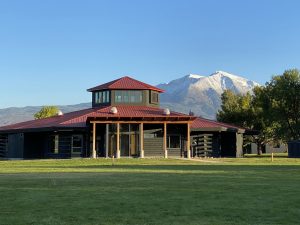
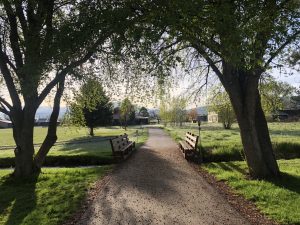

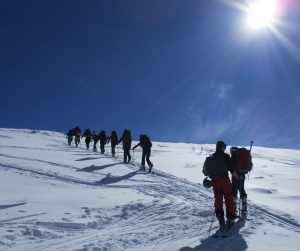

 Virtual Tour
Virtual Tour